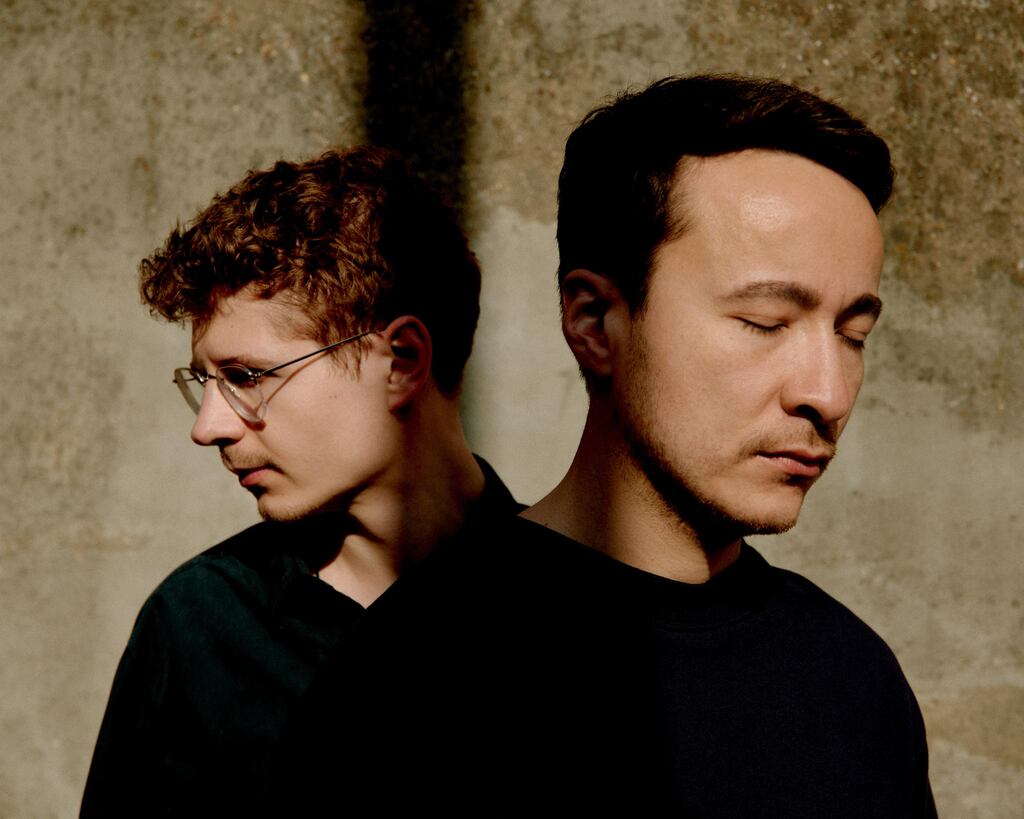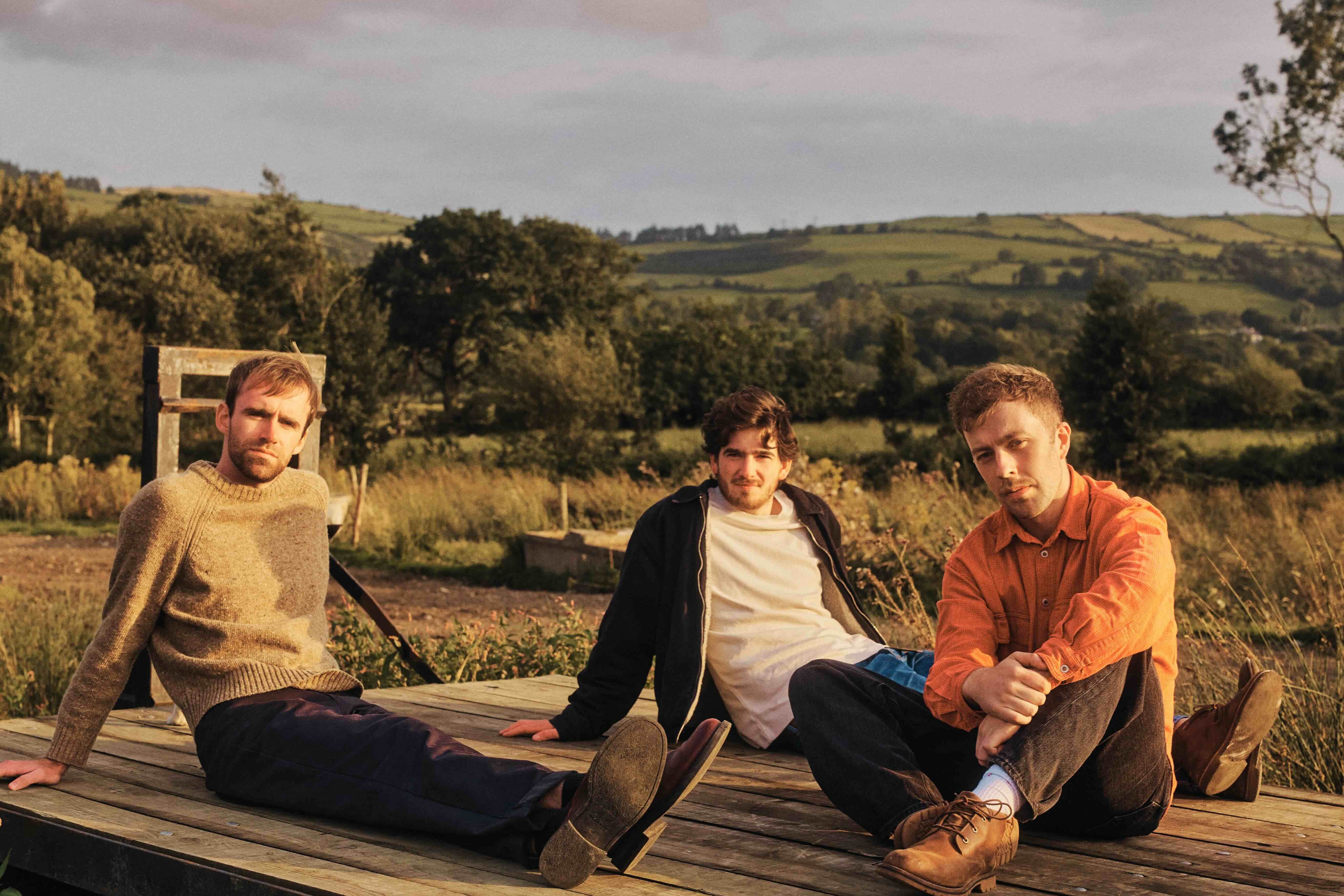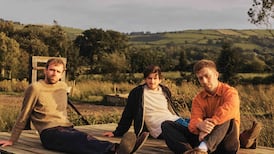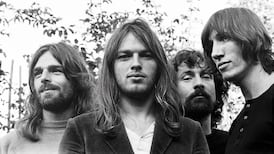Samson Tsoy & Pavel Kolesnikov
St John’s Priory, Kilkenny
★★★☆☆
There was a time when most everything was transcribed for piano or piano duet. Before the invention of recordings and radio, symphonies, concertos, operas and oratorios were rendered into versions that could be performed at home by pianistically adept music lovers. And some of the best-loved 19th-century orchestral dances, Brahms’s Hungarian Dances and Dvorak’s Slavonic Dances, actually began life as piano duets.
Stravinsky’s Rite of Spring was played as a piano duet by Stravinsky and Debussy before the work was ever performed by orchestra, and the duet version was in print for nearly 10 years before the full score was published. It’s hard to imagine how the music would have sounded from the two composers’ hands. Stravinsky was a sometimes blunt pianist, Debussy quite the opposite.
The four-hand version of The Rite of Spring has come to have a life of its own, but often on two pianos rather than one. As with Debussy’s duet music, there is a lot of crossing over of the players’ hands, and for reasons of facility and freedom of movement the duet version is often played on two pianos. The Turkish pianist and composer Fazil Say made a recording in which he plays both parts, and in which he also restores elements from the orchestral score by “producing textures for six, eight and even ten hands”.
At St John’s Priory on Friday morning (11am!) the Kazakh/Russian duo of Samson Tsoy and Pavel Kolesnikov come on stage in long white shirts and sit at the keyboard, giving the impression of readiness for some kind of priestly ritual.
READ MORE
The four-hand version has many of the characteristics of a black-and-white image of a colourful original. Contrasts are starker. Certain details stand out more clearly; others disappear entirely. The sensuality of the colourful orchestral sonorities is dispensed with, and the music’s rhythmic complexities come to the fore. The sheer force of the music is diminished, too, but this is partly compensated for by the extent of the strain the piano undergoes when being taken to its tonal limits.
Tsoy and Kolesnikov’s always absorbing performance ultimately sounds more like a Rite of Spring from a parallel universe than an attempt in any way to mimic the effect of the orchestral writing. And it is none the worse for that.













